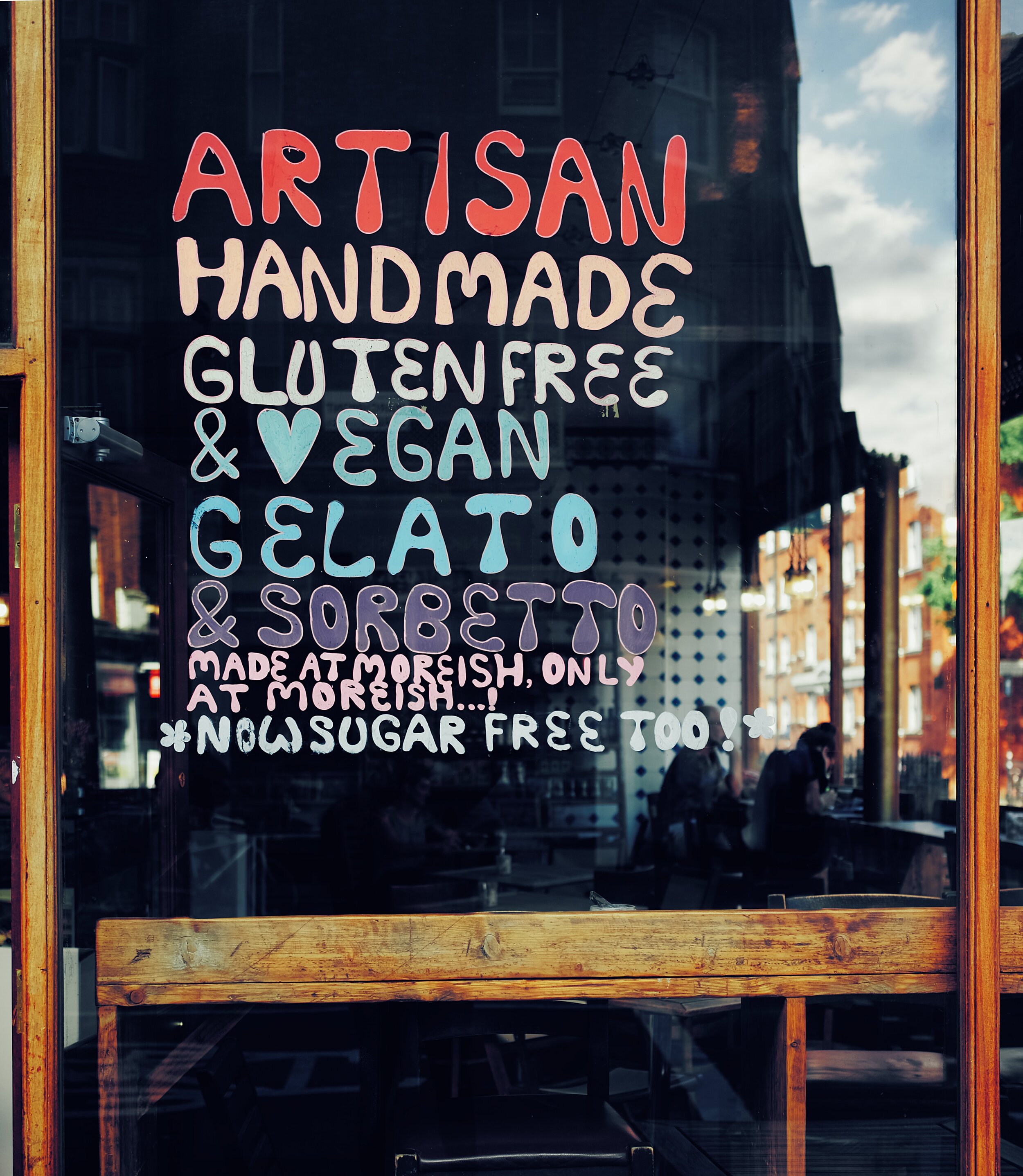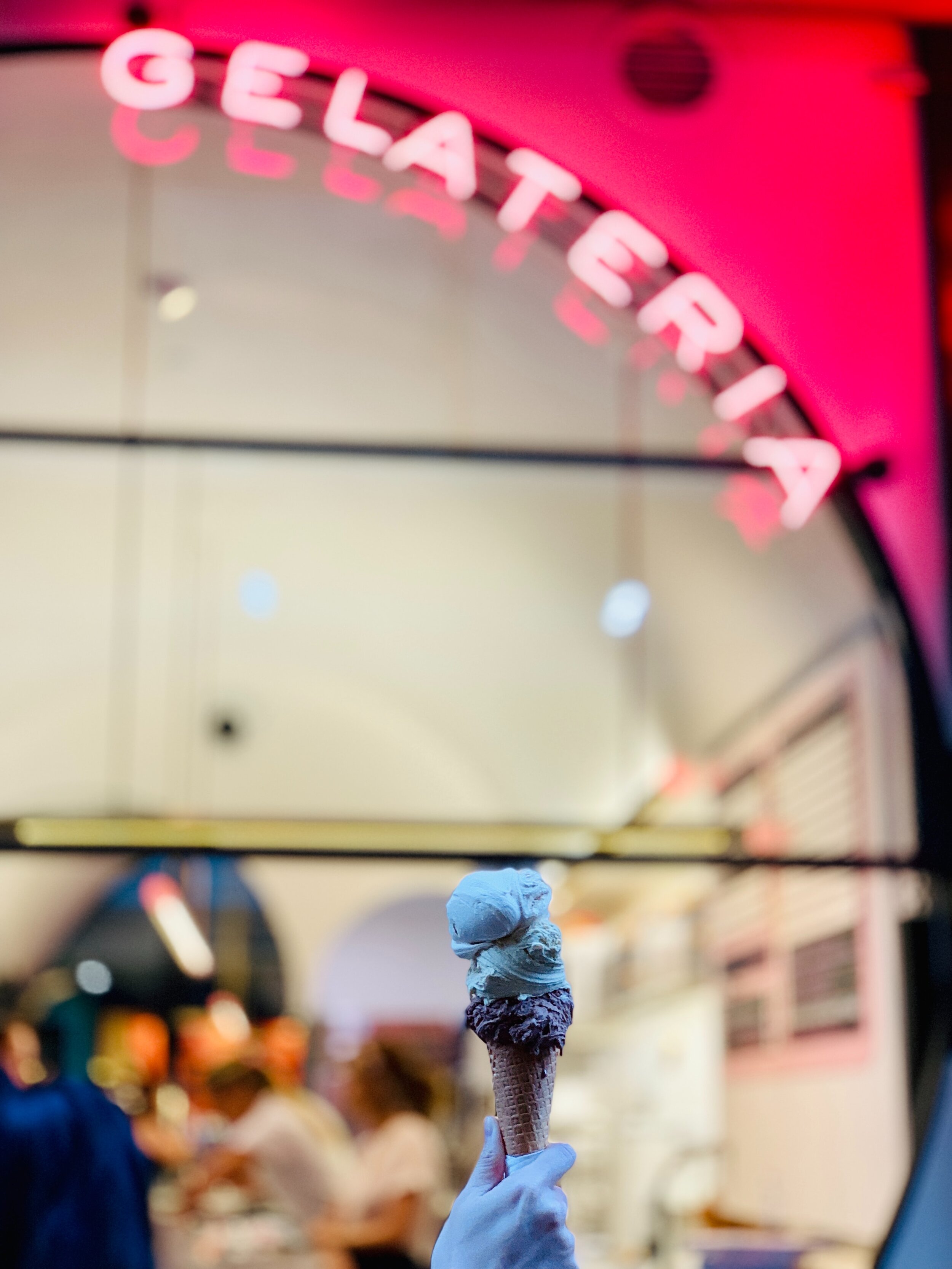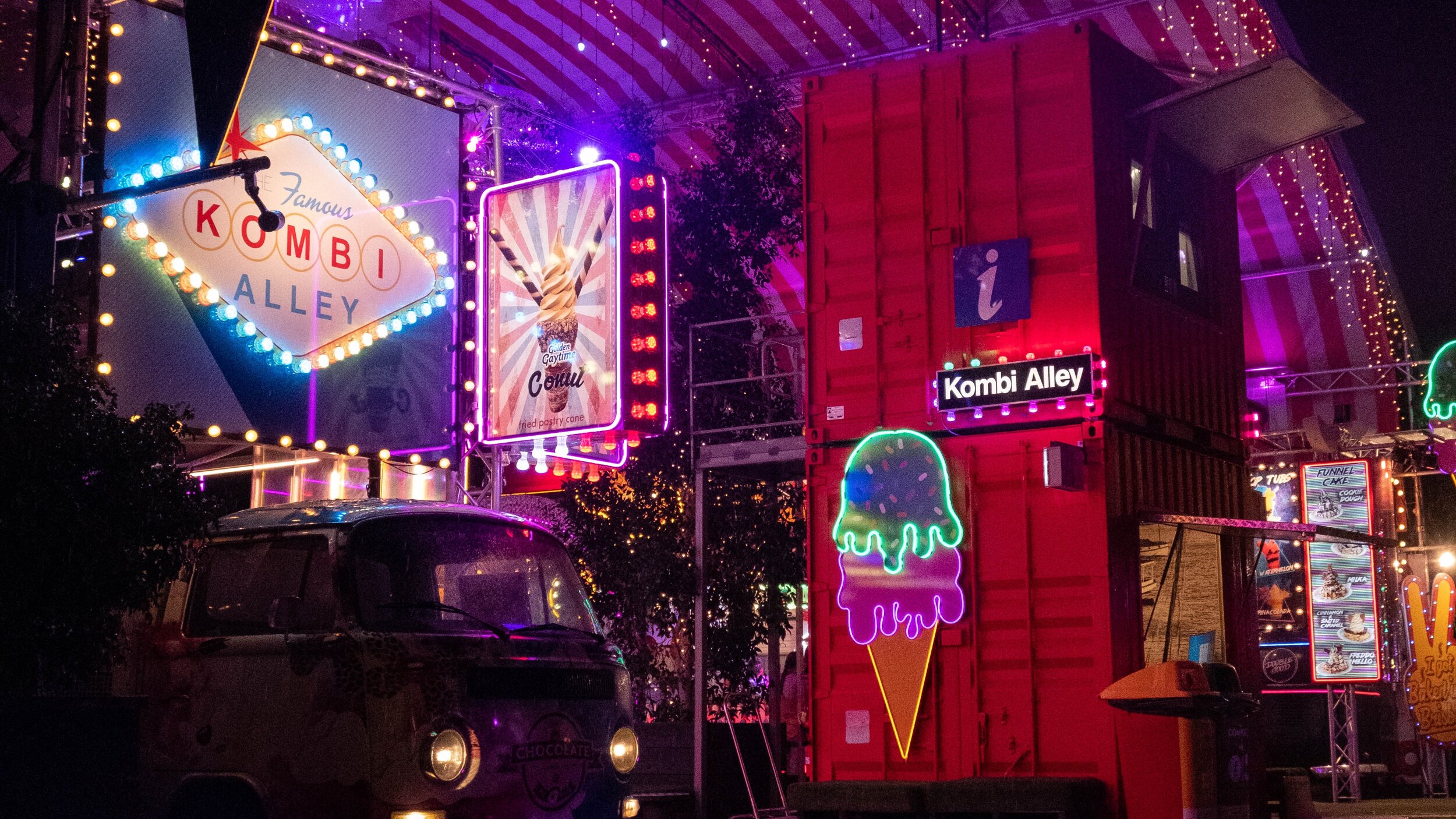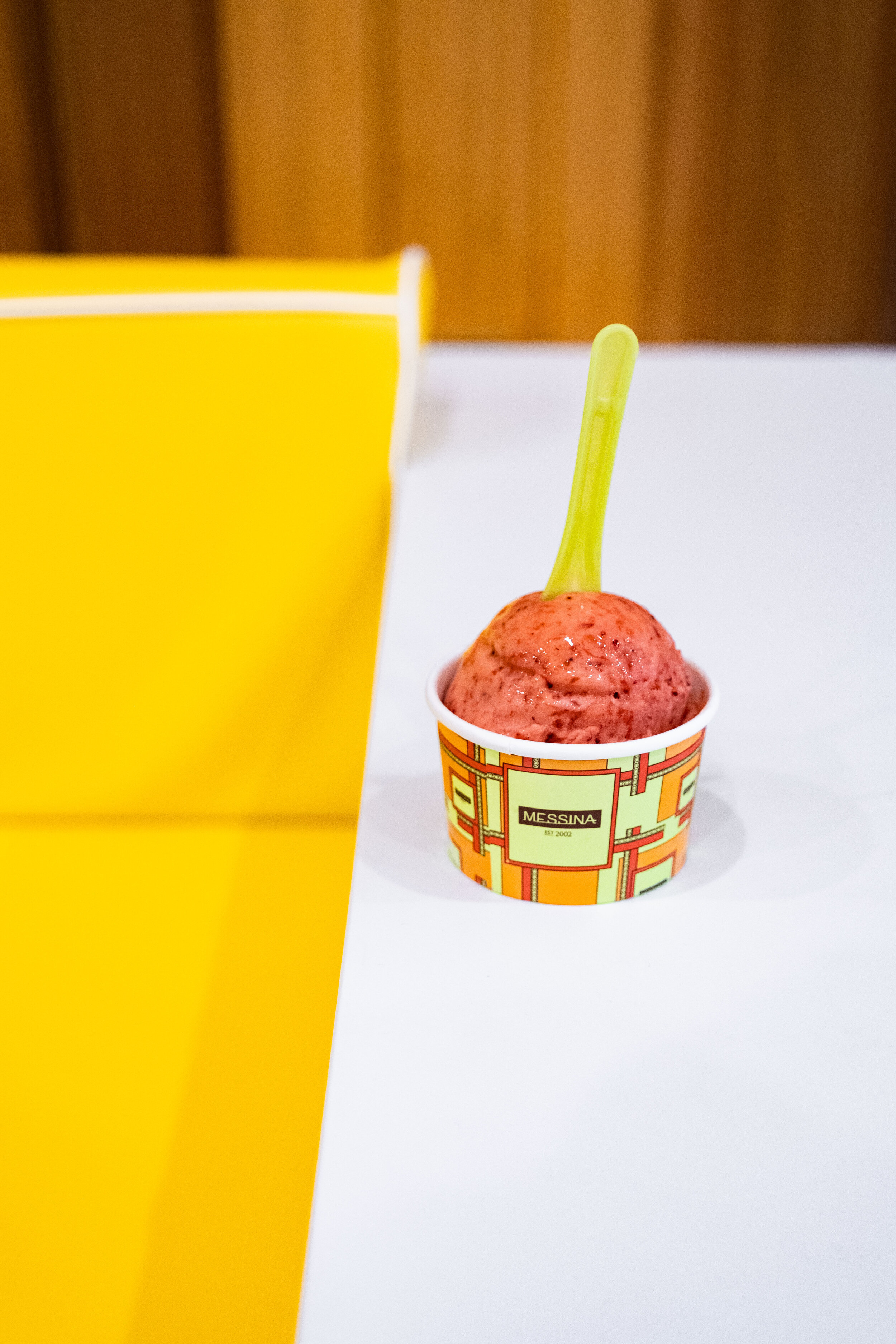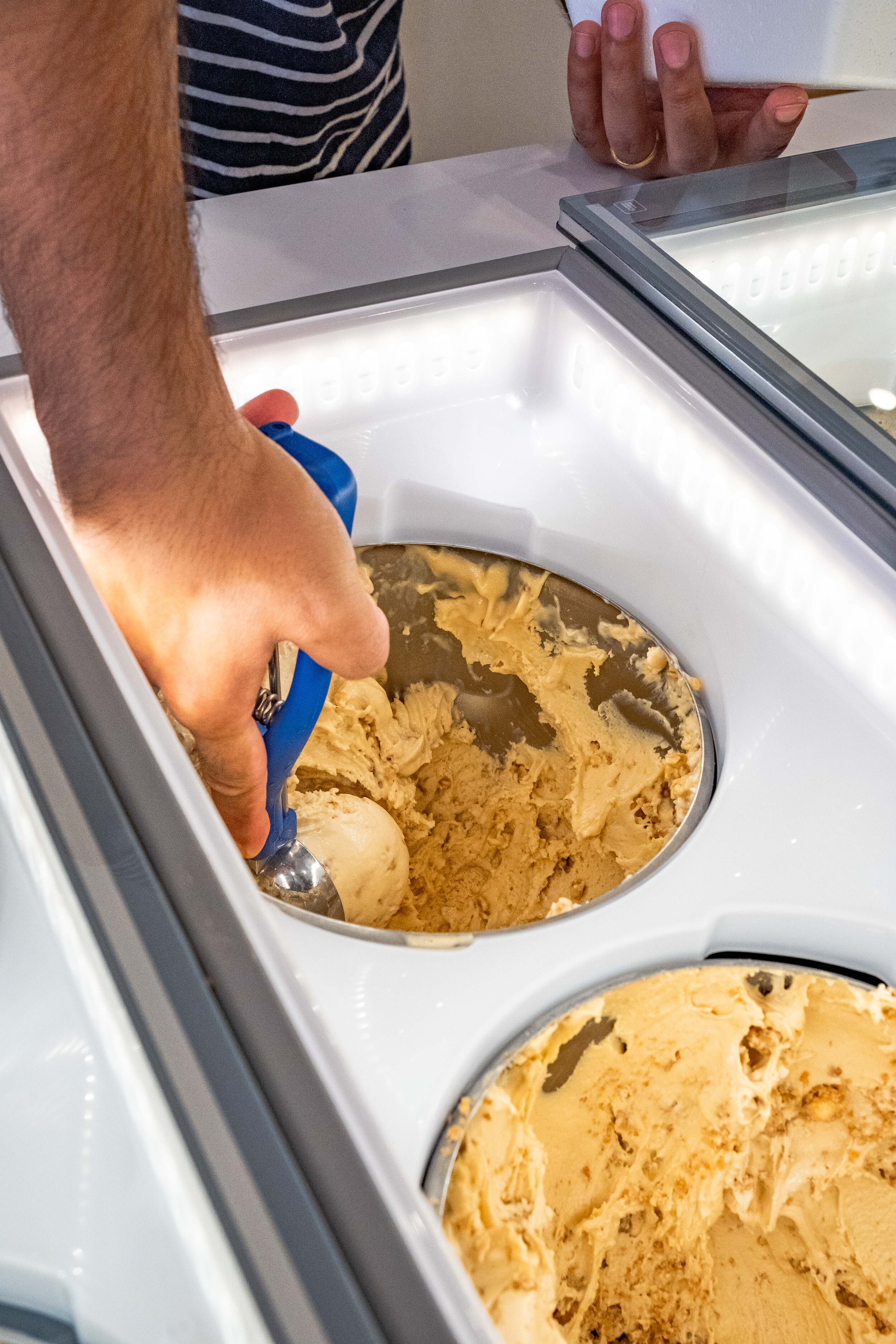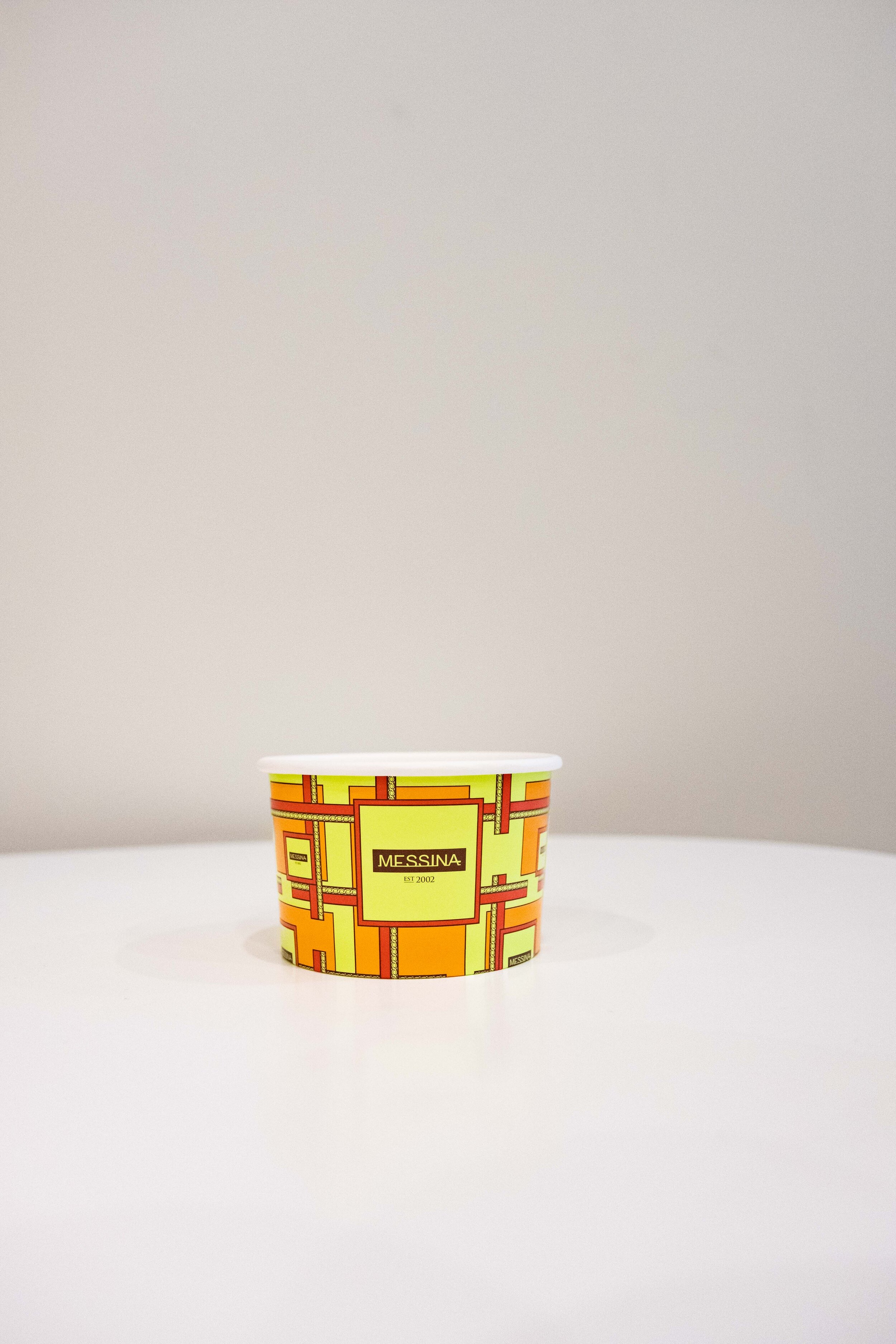The Surprising History of Gelato
So what is it about gelato? (Other than it being a complete drool-fest)
Discover how your gelato can satisfy the
spring-thirst of your ice cream lovers, the eco-friendly way.
The sweet, sublime joy of gelato ice cream has been sending Aussie taste buds wild ever since the delectable treat landed on our shores way back in the early twentieth century. With our endless summers and beach-loving lifestyle, Australia’s taste for gelato appears insatiable, ranking us as the number three consumer of the tantalising treat worldwide.
There’s something about the colourful whip curl on the top of a gelato cup that inspires passionate desire. It has us more than willing to queue up for an hour for those few moments of escapist bliss.
But it’s more than that. When you walk into a gelato servery, your eyes fly open at the flamboyant show of colours on display. We Aussies do love a bit of flamboyance. It’s the buoyant escape that the gelato experience offers - perfectly synonymous with a day at the beach where we can swim (and lick) our cares away. The oh-so-cute gelato carts and vibrant cups somehow reflect the sunny optimism that keeps Australians going.
Pinnacle Packaging’s new eco-friendly and recyclable gelato cups help Aussie gelato businesses (and ice cream lovers) enjoy gelato, eco-guilt free.
The Origins of Gelato
What if I told you that gelato originated not in Italy as you might expect, but thousands of years ago in Ancient Asia and Mesopotamia? It’s all part of the international and surprising history of gelato.
Gelato dates way back to 12,000BC where ancient Asian cultures are thought to have eaten crushed ice with flavourings. This sweet treat combination would later become popular with the Egyptian pharaohs for religious ceremonies and royal banquets. The Italians also joined in the gelato party, with Romans introducing the ritual of eating ice off the volcanoes Etna and Vesuvius, laden with honey. The practise was so popular that evidence of this early gelato has been found in excavations of the ancient ruins of Pompeii.
During the 11th Century, the Arabs developed Shrb, a sugar syrup that formed the base for fruit sorbets. A predecessor to sorbet as we know it today, shrb became popular in Sicily under Arab rule and there were as many as 400 different flowers that were used as flavourings.
“it was during the Italian Renaissance where the story of Italian gelato as we know today really began”
But it was during the Italian Renaissance where the story of Italian gelato as we know today really began. When the influential Medici family in Florence sponsored a competition for the best frozen dessert, a chicken farmer by the name of Ruggeri answered the call with his frozen dessert of ice and fruit juice. He won and was promptly whisked away with Caterina de Medici to France where his dessert was served at her wedding to the Duke of Orleans.
Then the brakes were off! In the late 1500’s Architect Bernado Buontalenti created the first egg cream gelato (gelato alla cream d’uovo) for the visiting King of Spain. This creation with its milk and egg base led Buontalenti to be crowned the ‘Father of Gelato’. Famous singers Francesco Redi and Lorenzo Magalotti sang enthusiastically about the dessert, its ingredients and its unique refreshing taste, increasing its fame and popular appeal.
“The ‘Café Le Procope’ also introduced the small gelato cups that have become synonymous with the frozen dessert”
By 1686 Sicilian Francesco Procopio Cutó opened the ‘Café Le Procope‘ in Paris, democratising gelato for the greater European market, rebranding gelato from a treat reserved for the ultra-riche, to something to be enjoyed by all. The ‘Café Le Procope’ also introduced the small gelato cups that have become synonymous with the frozen dessert. Today, the ‘Café Le Procope’ remains the oldest running Paris restaurant which still serves gelato.
G’day Gelato! Gelato charms Australia
With its warm, endless summers and beachside culture, the popularity of gelato in Australia was destined to be a hit.
In the early 20th century, Australia was the battleground of the fiercely competitive ice-cream market, with Peters and Streets ice-creameries battling it out for summertime supremacy. But the thriving and vibrant Italian migrant community had their own card to play and by the 1920’s the popularity of the lighter and more flavourful Gelato took off.
The 1930’s saw gelato shops spring up in Sydney and Melbourne, strategically placed at beach side locales to lure in the sun-drenched beach lovers craving a cool down.
Our love affair with gelato continued to grow through the 1960’s and 70’s, when gelato made its way into the kitchens of Australia. The November 1968 edition of the ‘Australia Women’s Weekly’ even published a recipe under their ‘Luscious Party Desserts’ for an ‘Almond Gelato with Orange Compote’.
Gelato in Eco-Friendly Cups!
Now, imagine enjoying your customers queuing down the road not only for your delectable gelato, but also for your eco-conscious packaging.
Pinnacle provides eco-friendly, sustainable, and recyclable gelato cups which look great while going easy on this beautiful planet of ours.
We offer businesses packaging solutions that are perfect for increasingly eco-conscious consumers. With climate change and sustainability among the public’s greatest concerns, customers can now enjoy a treat that treads lightly on the earth.




